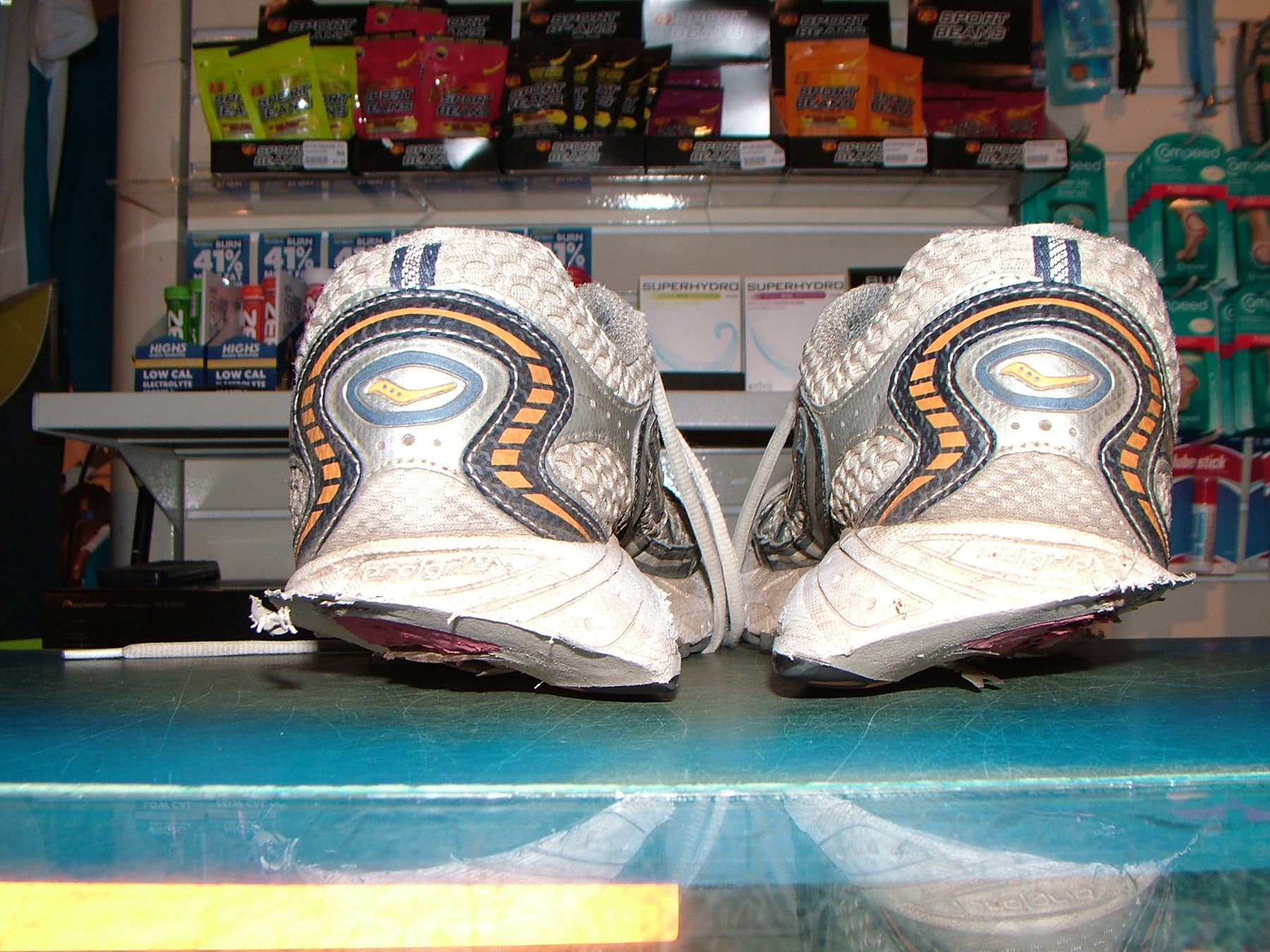If you’re a runner, you’re probably aware of the general rule that you need to replace your shoes every 300 to 400 miles. But what about everyday shoes? How often should you replace those?
The truth is, most of us wear shoes long past their expiration date, which can lead to health problems and injuries.
Shoes do indeed have an expiration date and there are some telltale signs that it’s time to toss out those old kicks and try on a new pair.
HOW OFTEN DO YOU NEED TO REPLACE SHOES?
In general, you should aim to replace your footwear every eight to 12 months, depending on how often you wear a particular pair of shoes. Some shoes will last longer, while others may wear out sooner.
After several years of running, runners can often tell by feel when their shoes need replacement. If you pay close attention, your feet may be letting you know it’s time to switch out for a new pair of your everyday shoes.
SIGNS THAT YOU NEED TO REPLACE YOUR SHOES
There are three primary indicators that it’s time to replace your shoes:
- Outsole wear
- Midsole compression
- Upper and interior wear
Identifying wear patterns and signs in any one of these specific areas will help you keep your feet healthy and avoid prolonged pain and discomfort.
OUTSOLE WEAR
There are a few different ways to determine outsole wear:
- Set your shoes on a flat surface at eye level. If you notice that the shoe is leaning, has significant wear on one side, or rocks from side to side, it’s time for a replacement.
- Flip your shoes upside down and take a look at the tread and sole. If there is significant wear, that is a good indication they’ve had a good life.
MIDSOLE COMPRESSION
The midsole layer of a shoe is designed to absorb shock with every step. When this springy compression starts to wear out, you’ll notice the development of creases and wrinkles on the side or bottom of the sole.
UPPER AND INTERIOR WEAR
If you spot holes in the upper or interior material of the shoe or separation between different materials, that is a very obvious sign that you need to kiss those shoes good bye and make room for a new set.
HOW TO TELL BY FEELING THAT YOUR SHOES NEED REPLACEMENT
In addition to the visual signs your shoes are giving that it’s time for a new pair, your feet and body may also be giving you some subtle (or not-so-subtle) hints that your shoes need replacing.
- They feel less comfortable
- You experience sudden foot fatigue
- Random pain in your foot, knee, back, or legs
- Injuries, like plantar fasciitis
If you start to notice any of the above symptoms, take a look at your shoes and see if you notice any of the signs of wear mentioned above. If you don’t see anything out of the ordinary, it could be a sign that the shoes are not a right fit for you.
TIPS FOR MAKING A SINGLE PAIR OF SHOES LAST LONGER
There are a few ways that you can make your shoes last a bit longer than their prescribed lifespan.
- Care for your shoes in between adventures
- Get shoes for specific activities and only wear them for those activities
- Air out your shoes when you’re not using them by keeping them on a shoe rack
- If you wash them, allow them to air dry
- Rotate your shoes, by introducing a new shoe after you’ve had one pair for a couple months. This will help you identify when the older pair is worn out.
RECYCLE YOUR OLD PAIR
Many shoes can be recycled at your local running store or anywhere else that takes shoes for recycling. They use the rubber soles to make new track surfaces and other repurposed objects!



Leave a comment